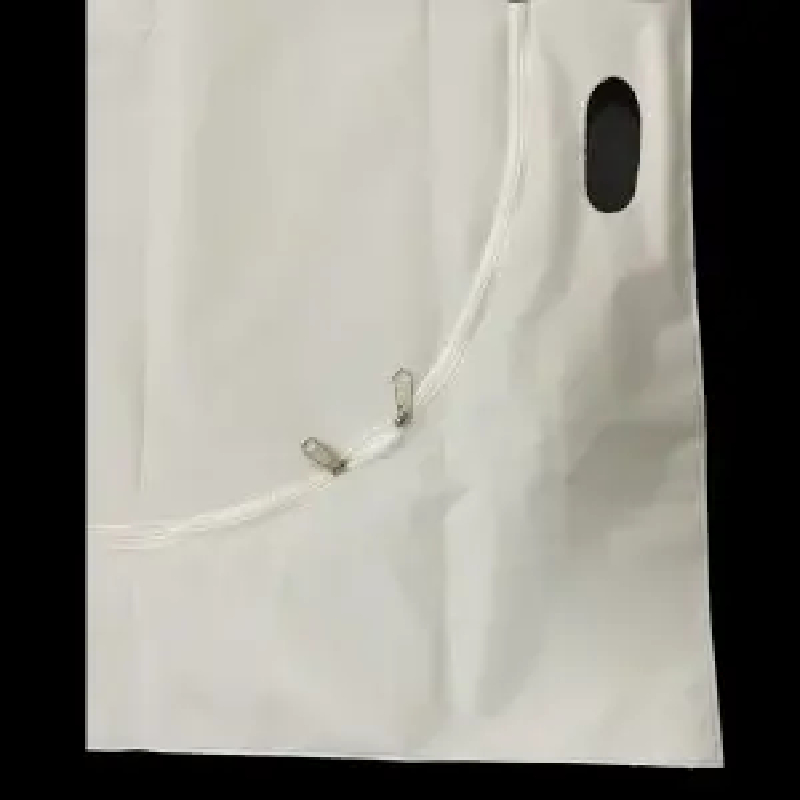Dec . 03, 2024 18:16 Back to list
High-Quality Waterproof Disposable Ponchos Manufacturer for Outdoor Events and Activities
The Rising Demand for Disposable Waterproof Ponchos Insights from the Factory Floor
In recent years, disposable waterproof ponchos have surged in popularity across various industries, from outdoor events to emergency preparedness kits. Their combination of convenience, affordability, and practicality has transformed them into an essential item for many consumers. In this article, we will explore the manufacturing process of disposable waterproof ponchos, delve into the factors driving their demand, and highlight the role of factories in meeting this growing need.
Understanding Disposable Waterproof Ponchos
Disposable waterproof ponchos are lightweight, single-use garments designed to provide protection from rain and moisture. Typically made from materials like polyethylene or EVA, these ponchos are designed to be both waterproof and breathable, allowing users to stay dry without sacrificing comfort. The appeal of these ponchos lies not only in their functionality but also in their portability; they can be easily folded and stored in bags, making them an ideal choice for outdoor enthusiasts, festival-goers, and travelers.
The Manufacturing Process
The production of disposable waterproof ponchos involves several key steps at the factory level. First, the raw materials are sourced, with polyethylene and EVA being the most common choices due to their waterproof qualities. Factories typically work with trusted suppliers to ensure that the materials meet quality standards.
Once the materials arrive at the factory, they undergo a series of processes, beginning with extruding the plastic into thin sheets. These sheets are then cut into the appropriate sizes to create ponchos that are suitable for various body types.
Next, the factory employs heat sealing techniques to join the edges of the sheets together, creating a waterproof seal. This is a crucial step, as it ensures that the poncho will effectively keep out moisture. Factories may also incorporate features such as hoods, snap buttons, or elastic cuffs, depending on the specific design requirements of the clients.
Quality control is a vital aspect of the manufacturing process
. Before the products are packaged and shipped, they undergo rigorous testing to ensure they meet durability and waterproof standards. Factories frequently conduct inspections to maintain consistency and quality in their production lines.disposable waterproof poncho factory

Factors Driving Demand
The growing consumer awareness about the unpredictability of weather patterns has significantly contributed to the rise in demand for disposable waterproof ponchos. Whether attending an outdoor concert, participating in sporting events, or hiking in nature, people are increasingly looking for affordable and effective solutions to stay dry.
Another factor is the increased use of disposable ponchos in various events and promotions. Businesses often utilize these ponchos as promotional giveaways, providing a practical item that also serves as a marketing tool. Custom printed ponchos featuring company logos or event branding can create a lasting impression on consumers while ensuring they are prepared for wet weather.
Moreover, the convenience factor cannot be overlooked. With their lightweight design and easy storage capabilities, disposable ponchos offer a hassle-free solution that aligns with the fast-paced lifestyle many people lead today. The ability to use them once and dispose of them means less worry about laundering or caring for the poncho after use.
Sustainability Considerations
As the market for disposable products grows, so does the conversation around sustainability. Many factories are responding by exploring the use of environmentally friendly materials, such as biodegradable plastics. Manufacturers are also looking at ways to reduce waste in the production process, thereby minimizing their environmental impact. This strategic shift not only caters to the eco-conscious consumer but also positions manufacturers favorably in a competitive market.
Conclusion
The factory production of disposable waterproof ponchos is a testament to the evolving landscape of consumer needs. With their practicality, affordability, and convenience, these ponchos have become a staple for individuals seeking protection from the elements. As demand continues to rise, manufacturers are tasked with adopting sustainable practices while delivering high-quality products. The combination of innovative production techniques and responsiveness to market trends will determine the future success of disposable waterproof ponchos in the global marketplace.
-
High-Quality Body Storage Bags – Reliable Manufacturer, Factory & Exporter
NewsJul.08,2025
-
High-Quality PE Cadaver Bag for Pets Reliable Manufacturer & Supplier
NewsJul.08,2025
-
Medical Depot - Leading Medical Depot Factory, Manufacturer & Exporter
NewsJul.08,2025
-
High-Quality Work Raincoat – Reliable Manufacturer & Exporter Direct from Factory
NewsJul.07,2025
-
High-Quality Pet Dead Body Bag - Reliable Manufacturer, Factory & Exporter
NewsJul.07,2025
-
High-Quality Vinly Vest Manufacturer & Exporter Custom Vinly Vest Factory
NewsJul.06,2025





